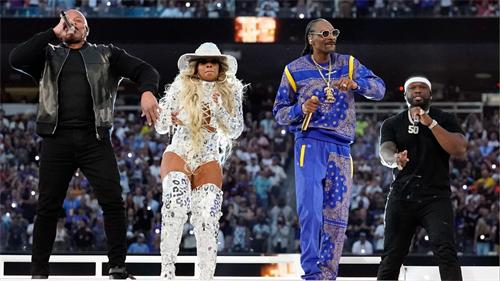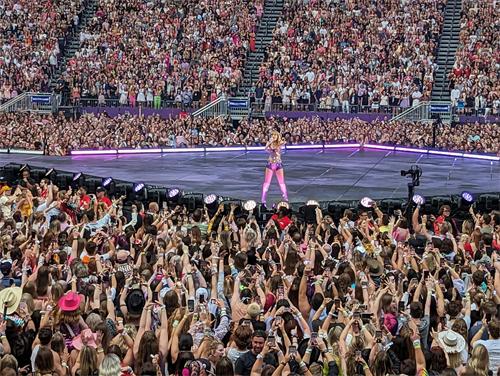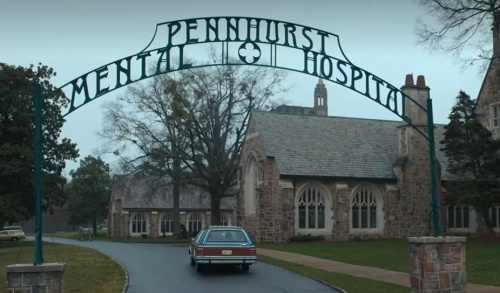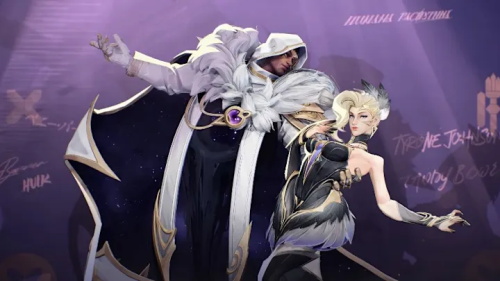Why the Super Bowl Halftime Show is a Cultural Phenomenon

Every year in early February, nearly the entire United States is immersed in a special atmosphere. It’s not just because spring is around the corner, but more so due to the grand spectacle of the Super Bowl. Hosted by the National Football League (NFL), this annual championship game is more than just a sports event—it has evolved into a peak celebration where American culture and entertainment converge, sparking global attention. So, why has the Super Bowl Halftime Show become such a worldwide cultural phenomenon?
Since the 1970s, the Super Bowl has steadily expanded its social influence. What began as a straightforward football game has grown into a nationwide celebration for Americans. Its impact now goes far beyond the realm of sports, reaching into entertainment, advertising, fashion, and even the dissemination of social values. With an audience of over a hundred million viewers each year, it has become one of the most watched sporting events on the planet.
The Super Bowl Halftime Show has always been one of the event’s major highlights. Before 1990, halftime shows were mostly tribute performances or themed displays. But starting in 1991, the Super Bowl ushered in a new era of pop culture by inviting the hottest music stars of the time to perform. Since then, the halftime show has become a prestigious stage where global music icons vie to perform.
Michael Jackson, Madonna, Beyoncé, Lady Gaga… almost every halftime show has become part of the cultural memory of its year. The NFL insists on only inviting top-tier artists and subjects them to intense rehearsals to ensure a polished and electrifying 12-minute performance. This commitment to excellence not only draws in more viewers but also injects immense commercial and cultural appeal into the Super Bowl.
One surprising fact is that these megastars don’t receive any appearance fee for their halftime performances. Yet, they consider it a great honor to take the stage. The reason lies in the tremendous exposure brought by the “Super Bowl effect.” As Temple University marketing professor Sheri Lambert noted: “The halftime show is more of a marketing partnership than a traditional performance.” For artists, performing on this global stage elevates their brand image and can lead to significant boosts in music sales, social media followings, and commercial endorsements.
The Super Bowl’s Influence Is Going Global
The success of the Super Bowl Halftime Show has not only transformed entertainment in the U.S. but has also inspired global strategies for merging sports and culture. Recently, FIFA President Gianni Infantino announced that the 2026 World Cup Final will be held at MetLife Stadium in New Jersey and will, for the first time, feature a halftime performance—signaling the top event in world football is now embracing an “entertainment + sports” crossover approach.
This reform draws inspiration from the Super Bowl Halftime Show. British rock band Coldplay will serve as key advisors, assisting in selecting the lineup and co-organizing cultural events at New York’s Times Square. This type of crossover collaboration aims not only to attract non-traditional football audiences but also to use the influence of celebrities and culture to promote philanthropic values.
The rise of the Super Bowl Halftime Show is more than just a blend of sports and entertainment—it is a mirror reflecting American social values, pop trends, and global cultural exchange. It proves that sports are no longer an isolated arena of competition, but a powerful platform that connects global audiences, artists, and brands. What makes the halftime show a cultural phenomenon is its perfect fusion of passion, creativity, prestige, and worldwide attention—writing legendary stories that go far beyond the game itself.
RECOMMEND FO YOU



